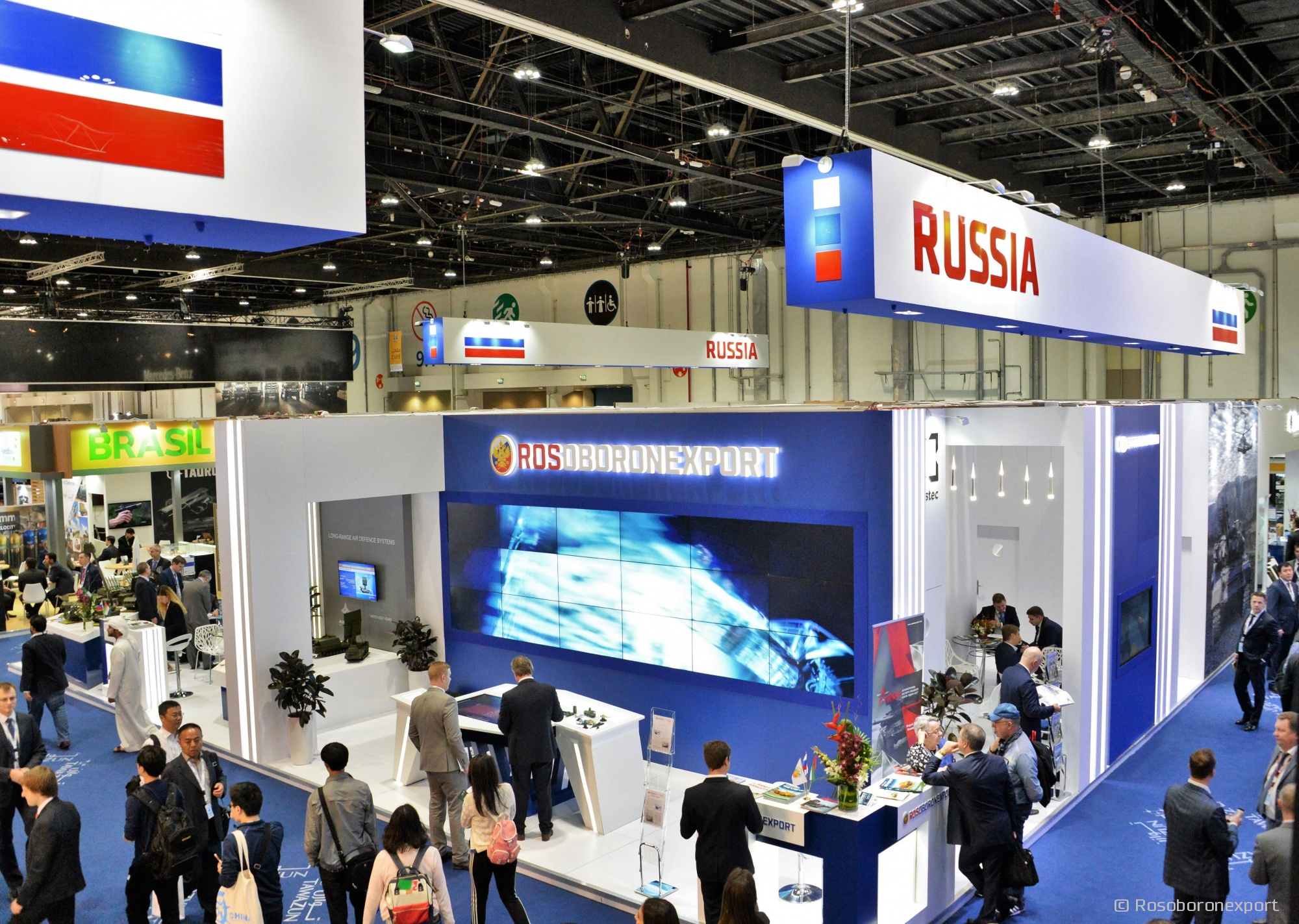
F4U Corsair over Okinawa Part 2
Corsair Navy-312 "Chess" with a characteristic chessboard for this squadron on the engine cover and rudder; Kadena, April 1945
The American landing operation on Okinawa began on April 1, 1945, under the cover of the aircraft carriers Task Force 58. Although carrier-based aircraft participated in the battles for the island over the next two months, the task of supporting the ground forces and covering the invasion fleet gradually passed to the corsair marines stationed at the captured airports .
The operation plan assumed that the aircraft carriers of Task Force 58 would be released as soon as possible by the 10th tactical aviation. This makeshift formation consisted of 12 Corsair squadrons and three squadrons of F6F-5N Hellcat night fighters as part of four Marine Air Groups (MAGs) belonging to the 2nd Marine Aircraft Wing (MAW, Marine Aircraft Wing) and the USAAF 301st Fighter Wing, consisting of three P-47N Thunderbolt fighter squadrons.
April debut
The first Corsairs (94 aircraft in total) arrived in Okinawa on April 7th. They belonged to three squadrons - Navy-224, -311 and -411 - grouped into MAG-31, which had previously participated in the Marshall Islands campaign. The VMF-224 was equipped with the F4U-1D version, while the VMF-311 and -441 brought with them the F4U-1C, a variant armed with four 20mm cannons instead of six 12,7mm machine guns. MAG-31 squadrons ejected from the escort aircraft carriers USS Breton and Sitkoh Bay landed at Yontan airfield on the west coast of the island captured on the first day of the landings.
The arrival of the Corsair coincided with the first massive kamikaze (Kikusui 1) attack on the US invasion fleet. Several VMF-311 pilots intercepted a single Frances P1Y bomber as it attempted to crash into Sitko Bay. Shot down at the captain's concert. Ralph McCormick and Lt. Kamikaze John Doherty fell into the water a few meters from the side of the aircraft carrier. The next morning, MAG-31 Corsairs began patrolling the fleet's anchorage and radar surveillance destroyers.
On a rainy morning on April 9, Corsairy MAG-33s - VMF-312, -322 and -323 - ejected from the escort carriers USS Hollandia and White Plains and arrived at nearby Cadena Airport. For all three MAG-33 squadrons, the Battle of Okinawa was their combat debut, although they had been formed almost two years earlier and had been waiting ever since to be able to go into action. VMF-322 arrived from the F4U-1D and the other two squadrons were equipped with the FG-1D (licensed version made by Goodyear Aviation Works).
VMF-322 had suffered its first loss six days earlier when the landing craft LST-599, carrying the squadron's personnel and equipment, was attacked by several Ki-61 Tonys from the 105th Sentai operating from Formosa. One of the bomb fighters crashed into the ship's deck, severely damaging it; all equipment of VMF-322 was lost, nine members of the squadron were injured.
The Yontan and Kadena airports were in close proximity to the landing beaches, where the fighting units were supplied. This created a serious problem, as the ships, defending themselves from air attacks, often created a smoke screen that the wind blew over the runways. For this reason, on April 9 at Yeontan, three Corsei crashed while trying to land (one pilot died), and another landed on the shore. To make matters worse, when the anti-aircraft artillery opened fire, a hail of shrapnel fell on both airfields, as a result of which among the personnel of the Marine squadrons were injured and even died. In addition, the Kadena airfield was under fire from Japanese 150-mm guns hidden in the mountains for about two weeks.
On April 12, when the weather improved, the aviation of the Imperial Navy and the army launched a second massive kamikaze attack (Kikusui 2). At dawn, Japanese fighters bombed the Kaden airfield, trying to "land" the enemy. Lieutenant Albert Wells recalled the first victory scored by the VMF-323 Rattlesnakes, which were destined to be the most successful Marine squadron in the Battle of Okinawa (the only one to achieve more than 100 victories): We sat in the cabs and waited for someone to decide what we were doing. I was talking to the chief of ground services, who was standing on the wing of the plane, when we suddenly saw a series of tracers hit the runway. We started the engines, but before that it was raining so hard that almost everyone immediately got stuck in the mud. Some of us hit the ground with our propellers trying to get away. I stood on a more difficult track, so I shot in front of everyone, although in the second section I should have started only sixth. Now I had no idea what to do. I was alone on the runway from east to west. Only the sky turned grey. I saw the plane skid from the north and hit the airport control tower. I was furious because I knew that he had just killed some of us that were inside.
